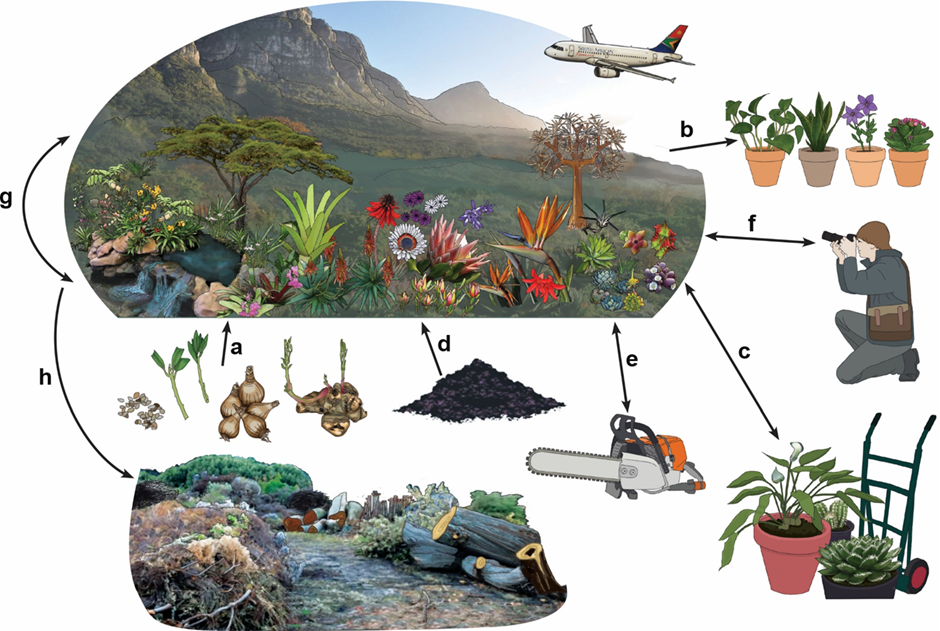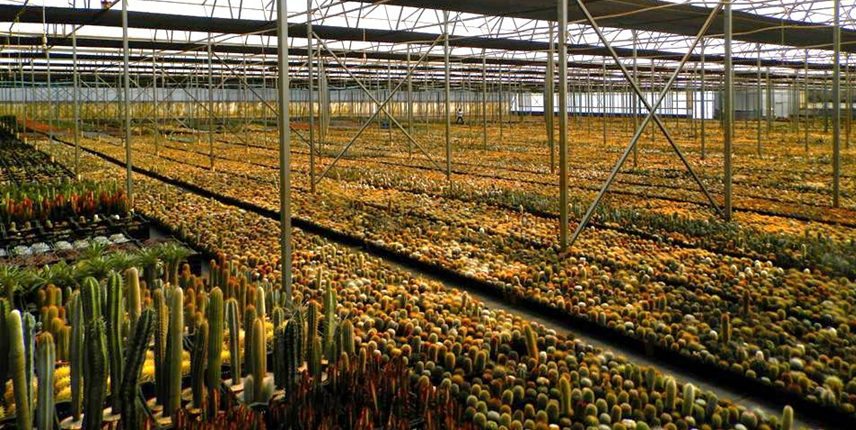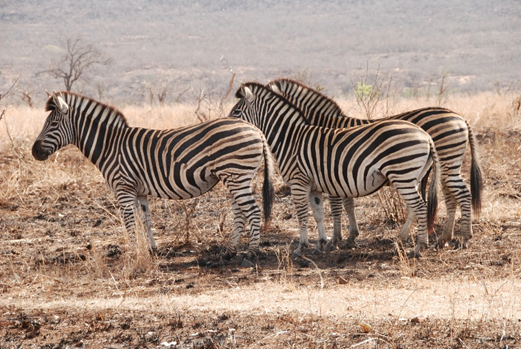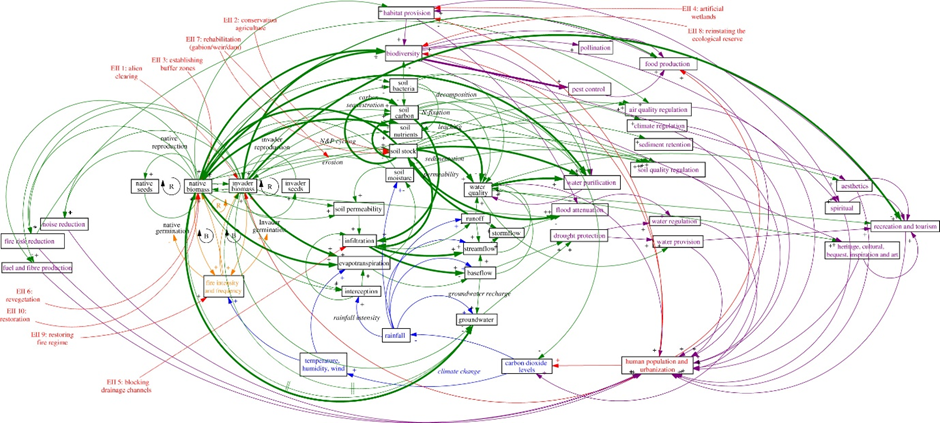Retooling invasion science to deal with rapid global change
Invasion science must adapt to meet growing societal demands and biosecurity challenges in the face of rapid global environmental change. This task was addressed at a workshop during the NEOBIOTA conference in Dún Laoghaire, Ireland, in September 2018 that was attended by several researchers affiliated with the Centre for Invasion Biology (C∙I∙B).





